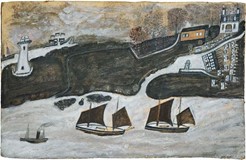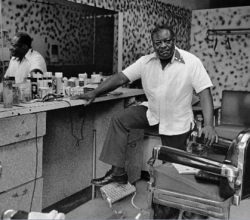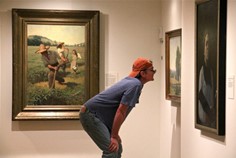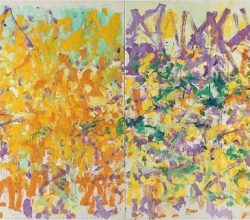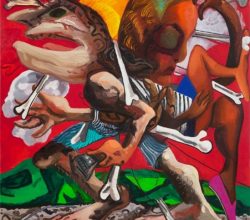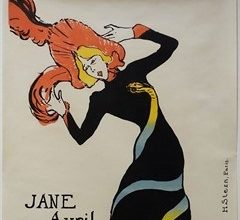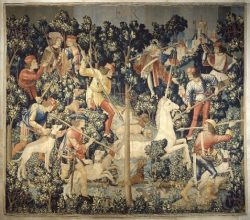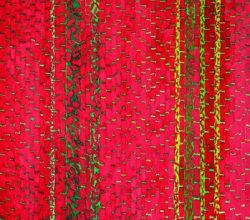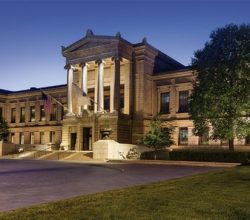
The Re-Education of the Museum of Fine Arts
Kyle Paoletta | Boston | 2nd November 2020
The august MFA Boston, with its “Eurocentric artistic sensibility”, is facing claims of racial bias and insensitivity. Criticisms range widely – the display of looted artifacts, where artworks are displayed, staff unaware of community context. Collectively, these claims challenge the institution’s concept of itself. Acknowledges one museum executive, “for a long time we thought that museums in general were in this academic safe space”. Not at all.

